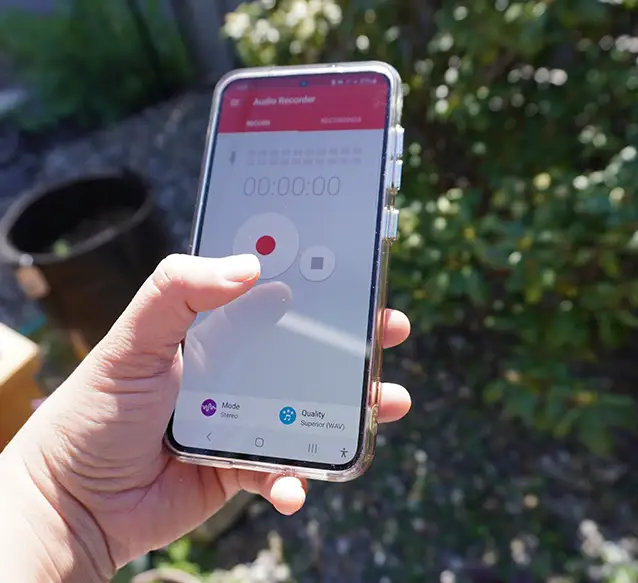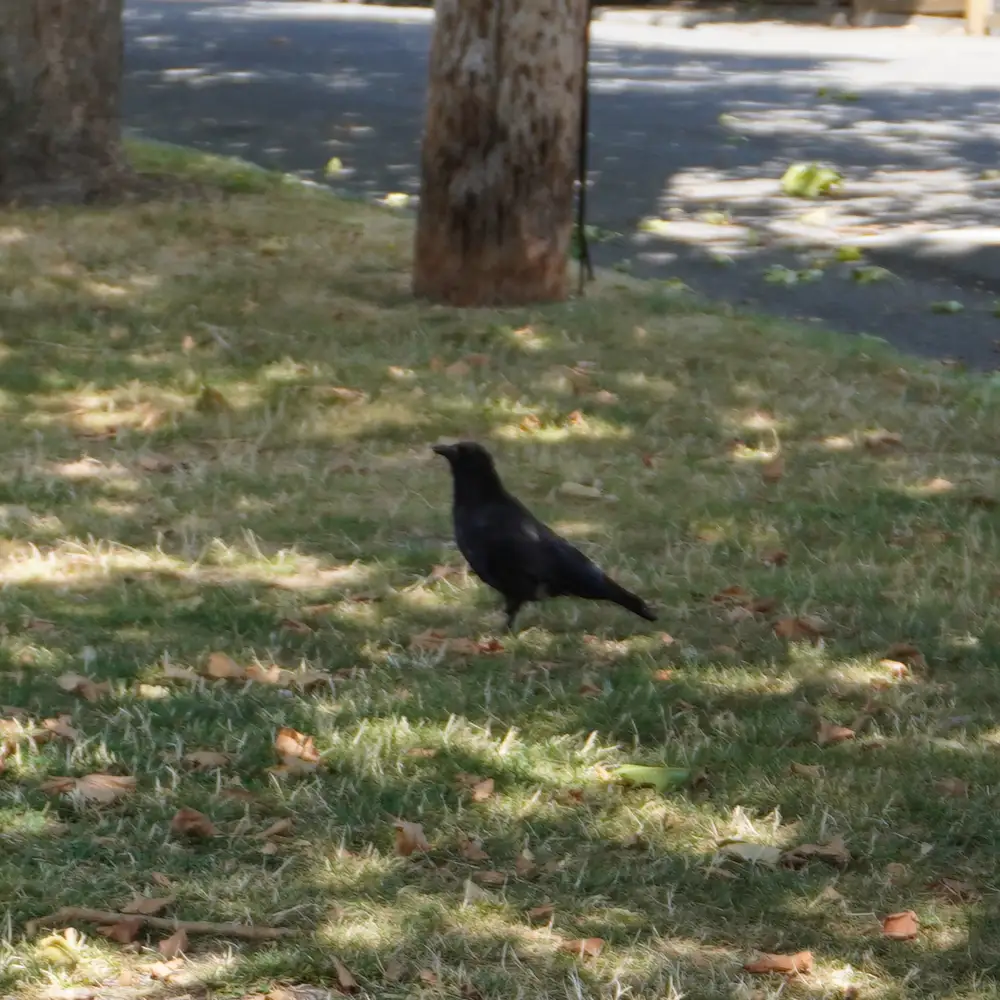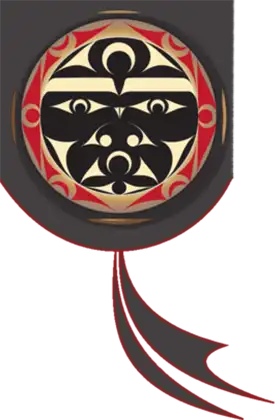Family Activity – Storytelling

This activity is about having families connect through stories. Telling each other stories around the dinner table/fire was a method of storytelling before, and still is. The goal is to have families experience telling stories to each other.
Group Story
Storytelling Unit
The Storytelling unit covers the traditional art of storytelling, learning about traditional storytellers and the stories they shared with the people.
Lushootseed
stab kʷi adshuy ʔal kʷi sləx̌il? – What did you do today?
gʷat kʷi sʔəshaydxʷ ti syəhub? – Who knows a story?
ʔal tudiʔ tuhaʔkʷ – A long time ago…
syəhub – Story
dxʷsyəhubtxʷ – Storyteller
ʔiišəd – Family
bad – Dad
sk̓ʷuy – Mom
scapaʔ – Grandpa
kayə – Grandma
sʔəsq̓ʷuʔ – Gathering/Party
səxʷqʷiʔaac – Phone
Activity Instructions
Have your ʔiišəd
(family) gather,it can be during a dinner or at a sʔəsqʷ̓ uʔ
(party).
• You can begin with simple swiliq̓ʷ
(questions), as every syəhub
(story) is valuable and counts as a syəhub
(story).
• Ask ʔiišəd
(family) about their sləx̌il
(day), how is kayə/scapaʔ/ skʷ̓ uy/bad (grandma/grandpa/mother/father), what did
someone learn today (anyone can learn, not just at school)?
• When someone finishes their syəhub (story), prompt another syəhub
(story) from another person.
• If people feel comfortable, someone can ləlal̕x̌txʷ
(record) the syəhub (stories) on their səxʷqʷiʔaac
(phone). sləlal̕x̌txʷ
(Recordings) like these are treasures for many ʔiišəd (families).
Family and Intergenerational Learning
While participating in this activity, one shouldn’t disregard children/Elders for stories, everyone can be a storyteller.
Local Place Connections
Storytelling is how we share our knowledge and history, sharing these experiences with all who listen.
huyadadčəɬ:
Stories are how we taught each other about how we see the world, but it wasn’t always pointed out. Allowing each listener to make their own minds about each story is very important.

This activity is to have families come together and share stories. While sharing stories, try and record one for the family. The memories shared and preserved are a great treasure for the family. The goals for this activity are to have families be more involved in storytelling and to give people a chance to make a lasting memory both with family and in digital memories for the future.
Record Stories
Storytelling Unit
The Storytelling unit covers the traditional art of Storytelling, learning about traditional storytellers and the stories they shared with the people.
Lushootseed
ʔal tudiʔ tuhaʔkʷ – A long time ago…
gʷat kʷi sʔəshay̓dxʷ ti syəhub – Who knows a story?
syəhub – Story
dxʷsyəhubtxʷ – Storyteller
ləlal̕x̌txʷ – Record
sləlal̕x̌txʷ – Recording
səxʷqʷiʔaac – Cell phone
qʷibicut – Ready(yourself)
yəhaw̓ – start
Activity Instructions

• Have one or multiple people ready who would like to share stories, make sure to confirm they would like to be recorded.
• Make sure your camera/phone is charged for the activity. Professionals like to use a mic but smart phones still have great quality.
• A good way to do this activity is to have whole families agree together, then they can take turns with their stories.
• Stories don’t need to have any message in them, just something someone wishes to share.
• You can share the stories you recorded with family who live in other places as a nice way to stay connected.
Family and Intergenerational Learning:
Many children enjoy sharing stories about their day, while adults often miss the chance to do the same. Setting aside time for everyone to share can be beneficial for a family's well-being.
Local Place Connections:
Storytelling with our families continues to be a traditional practice with many people, it’s how we shared info, and that’s how such practices kept going.
huyadadčəɬ:
Stories have always been a way for us to share our perspectives on the world, even if it wasn't always explicitly stated. It's crucial to let each listener interpret the stories in their own way.

This activity is to have families
learn more about our local
environment and the traditional
locales around the area. To go
outside and see how different
members of your family see your
home will be a great experience
for all. Our Goal is to learn more
about our home around us through the experiences of others.
Outdoor Walk
Storytelling Unit
The Storytelling unit covers the traditional art of storytelling, learning about traditional storytellers and the stories they shared with the people.
Lushootseed
stab čəxʷ ʔəsšudxʷ - What do you see?
ʔəsšudxʷ čəd ti ____ - I see ______.
ʔalʔal – House
ʔalʔalʔal – Houses
ʔalʔalʔalič – neighborhood
šəgʷɬ - Road
syəhub – Story
dxʷsyəhubtxʷ - Storyteller
Activity Instructions

• Take your ʔiišəd
(family) on a sʔibəš
(walk) around your own ʔalʔalʔalič
(neighborhood). See the nearby sights that you see every day and talk about what stories they might tell.
• By exploring these stories, ʔiišəd
(families) can realize that narratives can originate from anyone, not just a designated storyteller. We all have the ability to be dxʷsyəhubtxʷ
(storytellers). (families) We are all dxʷsyəhubtxʷ (Storytellers).
• ʔəslax̌dxʷ
(Remember) to watch out for q̓il̕q̓il̕bid (cars) on the šəgʷɬ
(road), people’s privacy around their ʔalʔalʔal
(homes), and the local tatačulbixʷ
(animals) like sqʷəbqʷəbayʔ/pišpišpiš
(dogs/cats) or even wildlife like sqʷigʷəc/kʷagʷičəd
(deer/elk).
• While ləʔibəš
(walking), wiliqʷ̓
(ask) each other about places of interest like “who lives there? / my friend lives there.
Family and Intergenerational Learning
Walking around your neighborhood should be a low impact exercise so many elders and children can participate.
Local Place Connections:
Telling of personal events, even those around the house and neighborhood, makes you a storyteller.
huyadadčəɬ:
Spending time outside, among a familiar area can be a positive bonding experience and a good form of exercise with family. Exploring through the eyes of others can broaden one’s experiences with their families.



